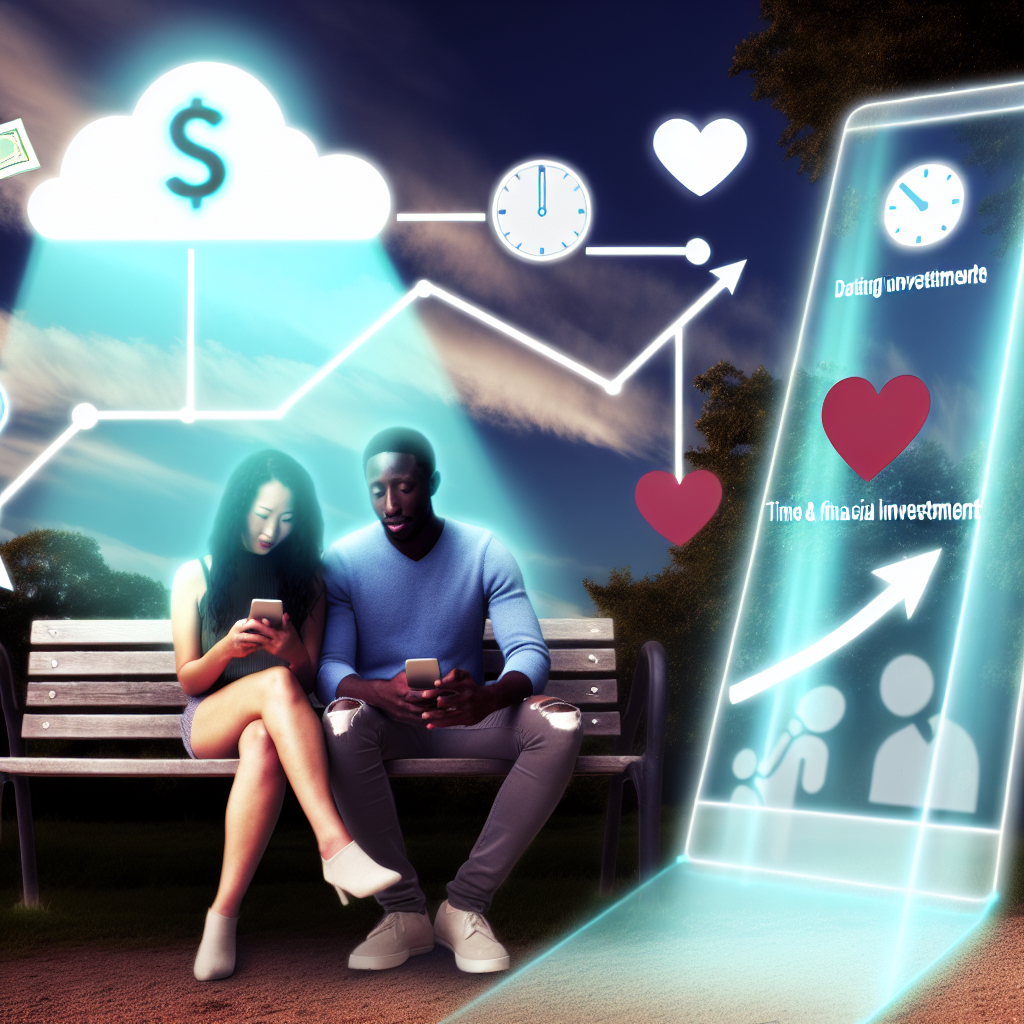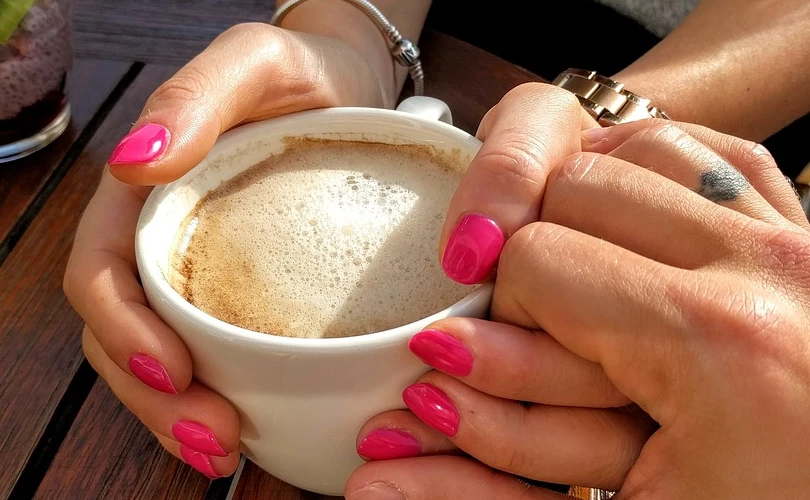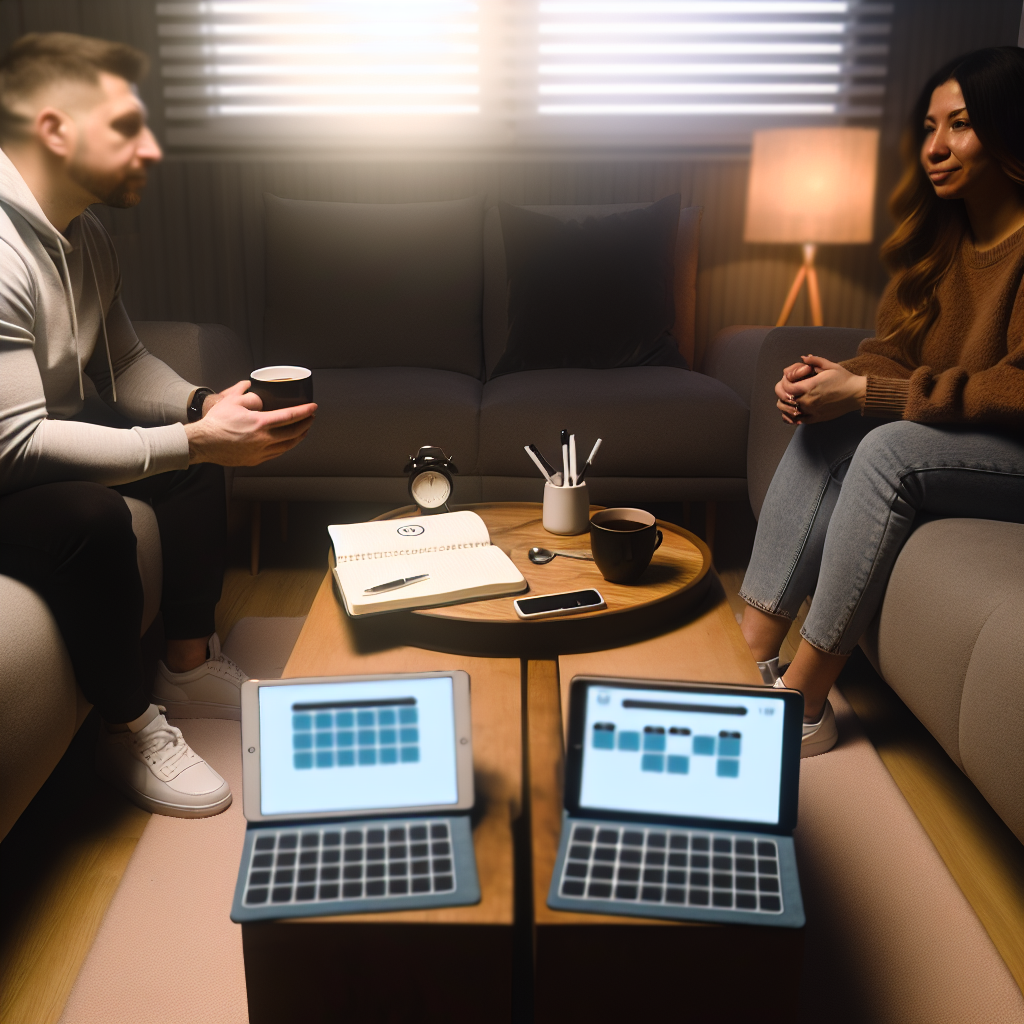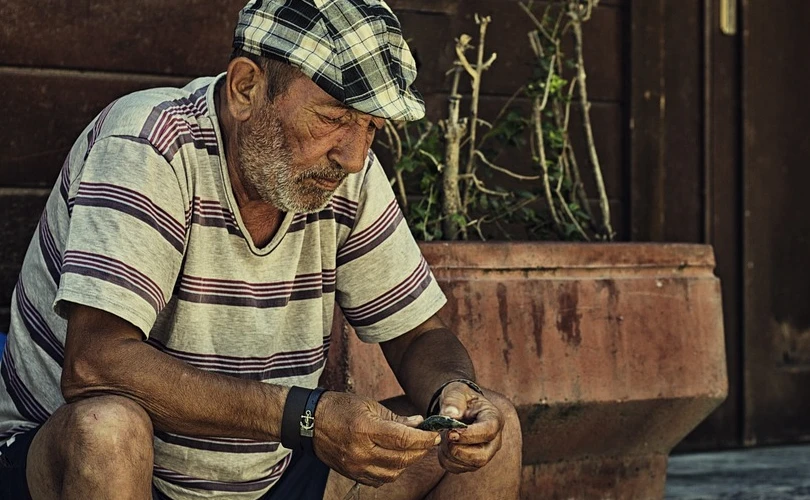Your Dating ROI – A Framework to Calculate the True Time and Financial Cost of Dating Apps
Introduction
Modern dating has shifted dramatically, evolving from spontaneous, real-world encounters to curated, algorithm-driven experiences via **dating apps**. Today, over 323 million people globally use these platforms, with the majority between ages 18 and 45—but usage is growing among those in their 50s, 60s, and 70s. For singles navigating online romance, dating apps offer convenience but exact a price—beyond just dollars. The cost includes time, mental focus, emotional investment, and **lifestyle inflation** (spending more on grooming, clothing, and social activities to maintain competitive appeal).
With many users spending up to 90 minutes a day swiping, chatting, and coordinating meetups, the investment can be staggering—yet most never stop to ask: “Is my **dating experience** yielding a return worth what I’m putting into it?” That’s the foundation of the Dating ROI framework, a strategy to help you calculate and maximize the return on what you invest in the pursuit of love.
This framework encourages intentionality. Whether you’re a Gen Z college student, a 30-something professional, or a retiree searching for late-life companionship, understanding your Dating ROI lets you make smarter, values-based decisions that prioritize your time, money, and emotional well-being.
Quantifying the True Costs of Dating Apps
To evaluate your personal **Dating ROI**, start by examining the tangible and intangible costs: money spent, time invested, and the emotional and psychological toll.
Financial Investments
According to a 2023 survey by Statista, **U.S. dating app users** spent an average of $243 annually on subscriptions. This sum increases significantly if you’re subscribing to multiple platforms or purchasing premium features promising boosted visibility or more matches.
But subscriptions are just the beginning. The **real costs of dating** include transportation (rideshare, gas), grooming (haircuts, makeup, skincare), wardrobe updates, and the cost of actual dates—dining, drinks, tickets. A 2020 survey by Simple found that singles spent around $168 monthly on dating-related activities, totaling over $2,000 a year. High-frequency daters in urban areas can easily exceed $3,000 annually, making dating one of your largest semi-discretionary lifestyle investments.
Time Expenditures
A 2021 Pew Research study found the average **dating app user** spends between 10 to 90 minutes per day on these platforms. Over a year, that’s the equivalent of more than 500 hours—or over 20 full days—devoted solely to the hunt for a potential match.
But it’s not just the time spent on apps; it’s the hidden hours preparing for dates, commuting, or recovering emotionally from unpleasant interactions. From a neurological standpoint, **decision fatigue**—as described by psychologist Roy Baumeister—occurs when people become exhausted from endless micro-decisions. In a dating context, this leads to poor match selection, shallow conversations, and generalized dissatisfaction.
In essence, your focus is split. The time that could be used for personal development, hobbies, physical health, or nurturing current friendships is instead funneled into a loop of swiping, messaging, and often, unmet expectations.
Emotional and Psychological Costs
Online dating also has a pronounced effect on mental well-being. A 2016 study published in the journal Body Image found that dating app users reported lower **self-esteem** and **body satisfaction** compared to non-users. This is largely due to constant **appearance-based evaluation** and frequent rejection or ghosting.
Moreover, the **Kinsey Institute**’s 2022 research on the “State of Dating Apps” identified significant issues like “swipe fatigue” and “match burnout.” These occur when users engage repeatedly without meaningful emotional return. Over time, this leads to frustration, emotional exhaustion, increased cynicism, and even avoidance behavior.
For certain individuals, this endless cycle can resemble emotional labor akin to a part-time job—with no guarantees of reciprocation, let alone success.
The ROI Perspective
To calculate your Dating ROI, treat the process like a business analysis:
– Total Output: Number and quality of matches, depth of conversations, relationships formed, or even improved self-awareness and communication skills.
– Total Input: Time spent, emotional energy, financial costs, and mental wear-and-tear.
With these in hand, ask yourself:
– Are you dating intentionally or just habitually?
– Has your experience delivered clarity about what you want in a partner?
– Is your emotional investment yielding personal growth or perpetual frustration?
Strategy also matters. Not all platforms are equal. Some offer **AI-based matching** or **personality-driven algorithms**, yielding higher-quality interactions. Others prioritize endless engagement, incentivizing constant swiping over genuine connections. Understanding the underlying design can help you choose smarter.
Conclusion
Dating apps offer a modern, accessible path to romantic connection—but also demand serious investment. Reviewing your **Dating ROI** helps you weigh what you’re putting into dating—money, time, and emotion—against what you’re gaining in return.
It’s time to recalibrate: focus on dating smarter, not harder. Use this framework to adjust your approach, allocate resources mindfully, and ultimately, build deep, meaningful relationships without depleting your energy or draining your wallet. When you recognize the cost, you can better define the value—and make more empowered decisions in love.
Concise Summary
Dating apps promise easy access to romance but often come at significant financial, emotional, and time costs. Users spend hundreds yearly on subscriptions and thousands more on dates, all while sinking hundreds of hours swiping and chatting. The Dating ROI framework helps measure the return on these investments—asking whether the time, money, and emotional energy lead to meaningful outcomes. With rising burnout and dissatisfaction, this framework empowers users to date more intentionally, choosing platforms and behaviors that align with their values, goals, and boundaries. It’s about transforming online dating into a smarter, more fulfilling experience.
References
– Pew Research Center. (2021). “Online Dating Use in the United States.”
– Statista. (2023). “Average amount U.S. dating app users spend per month.”
– Simple.com. (2020). “The Cost of Dating in America.”
– Fardouly, J., et al. (2016). “The Role of Appearance Comparisons in Social Media and Dating Apps.” Body Image Journal.
– Kinsey Institute. (2022). “The State of Dating Apps.”

Dominic E. is a passionate filmmaker navigating the exciting intersection of art and science. By day, he delves into the complexities of the human body as a full-time medical writer, meticulously translating intricate medical concepts into accessible and engaging narratives. By night, he explores the boundless realm of cinematic storytelling, crafting narratives that evoke emotion and challenge perspectives. Film Student and Full-time Medical Writer for ContentVendor.com




